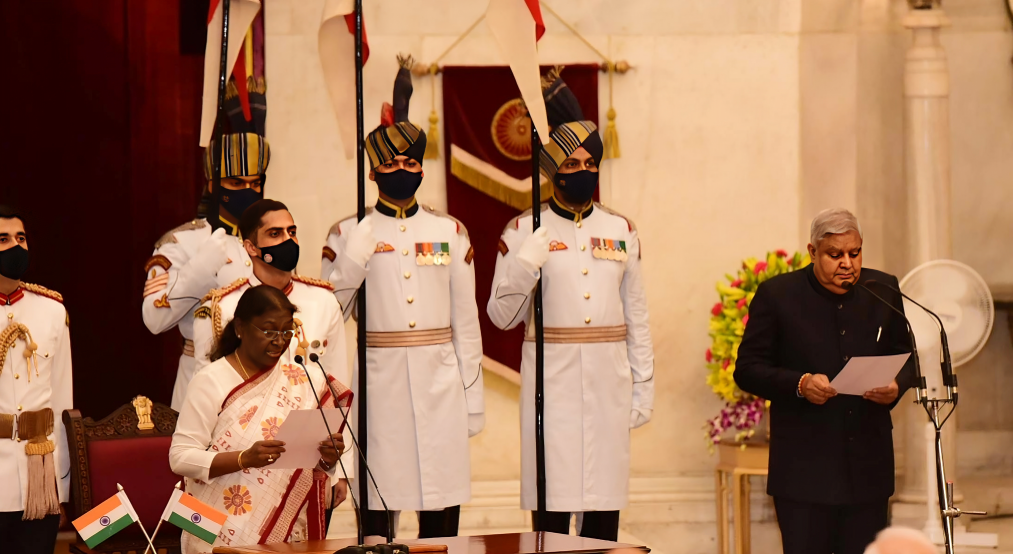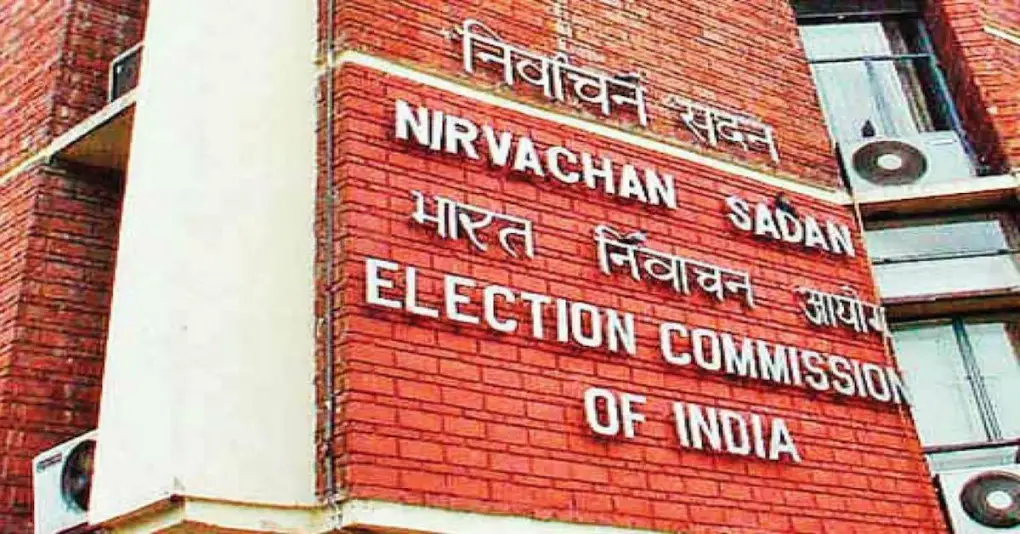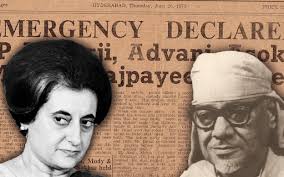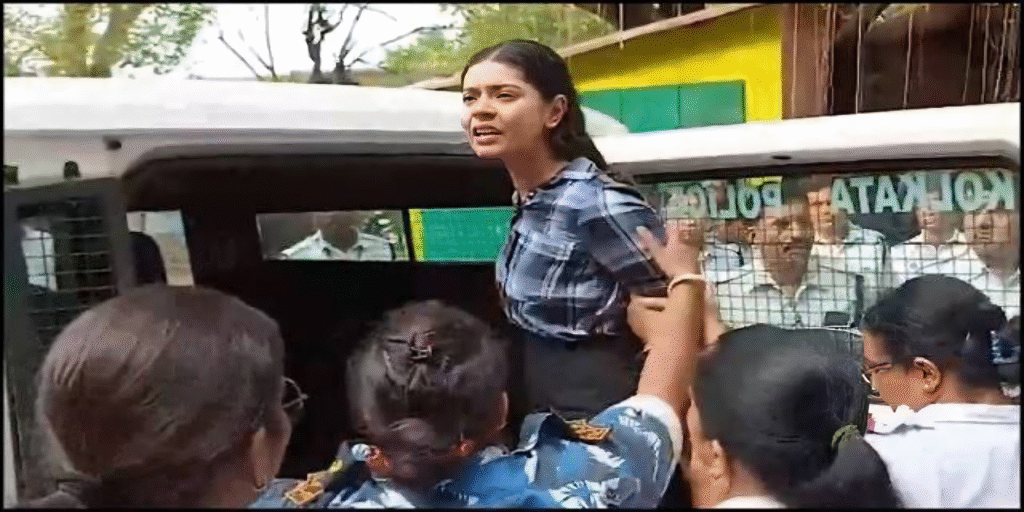Introduction: The War That Wasn’t a War
History does not always turn in the glare of cameras or the noise of parliaments. Often, it shifts silently—through coded transmissions, midnight briefings, and operations executed before headlines are written. On May 7, 2025, as India executed Operation Sindoor with surgical precision, a new era of global geopolitics began—quietly but decisively.
This was not merely a military response to a gruesome terror attack in Pahalgam. It was a strategic punctuation mark—asserting that India had outgrown its reactive past and entered a new phase: one where intelligence, sovereignty, and deterrence guided its foreign and security policy. In this world, wars are not only fought on borders, but in bandwidths; not just with battalions, but with bytes.
The age of narrative diplomacy is closing. We are now entering the era of intelligence sovereignty.
I. A New World Order: From Strategic Patience to Strategic Posture
For decades, India has been referred to as a “responsible regional power”—a phrase that often carried more caution than confidence. Operation Sindoor changed that. The global community no longer views India simply as a nation that responds to crises; it now recognizes it as a nation that shapes regional order.
Key Shifts:
India’s National Security Doctrine evolved from ambiguity to clarity. The message is simple: attacks on Indian soil will no longer be met with restraint—they will invite consequences.
RAW (Research and Analysis Wing) emerged as a force to be reckoned with—not just regionally but globally. Its operational finesse and real-time coordination placed it in the league of the CIA and Mossad.
For the first time, a major counter-terror operation in South Asia was driven more by non-NATO intelligence alliances than traditional military pacts. It was an exercise in soft power with sharp edges.
II. The Silent Architects: Intelligence Agencies and the Unseen Battlefield
The success of Operation Sindoor owes as much to stealth and surveillance as to strike power. It marked the convergence of intelligence alliances, operating silently but decisively.
RAW (India)
Detected the Pahalgam sleeper cell chatter using AI-based audio scanning across digital communications.
Leveraged deep-cover HUMINT (human intelligence) networks in Pakistan-occupied Kashmir (PoK) to map launch pads and infiltration routes.
Employed ELINT (electronic intelligence) to intercept and disrupt ISI communications during the operation window.
Launched a post-operation psychological warfare campaign, neutralizing Pakistani propaganda within 48 hours on social and diplomatic channels.
CIA (United States)
Though not operationally involved, the CIA shared satellite intelligence under the Five Eyes framework, helping India refine its strike zones.
Advised restraint in public messaging, ensuring the operation did not escalate diplomatically.
Maintained a silent diplomatic shield around India at the UN, ensuring no global condemnation emerged.
Mossad (Israel)
Alerted India about potential cyber retaliations planned via Pakistani proxies in the Gulf and Afghanistan.
Shared technical protocols to guard India’s media ecosystem against bot-driven influence campaigns.
Called the operation a “hybrid model of kinetic-digital warfare”, praising its clean execution.
SVR (Russia)
Quietly supported India’s sovereign right to respond.
Shared infrared satellite mapping of Pakistani troop logistics post-strike.
Informed Indian officials about any Pakistani nuclear movement under Chinese pressure, ensuring full-spectrum situational awareness.
ISI (Pakistan)
Suffered a strategic and reputational collapse.
Failed to anticipate the method or timeline of India’s retaliation.
Launched a desperate disinformation campaign, which backfired when influencers in Lahore accidentally shared a fake video of Indian airstrikes in Iran.
This was not just a battlefield. It was a chessboard—and India had studied every move before the first piece was played.
III. A Before and After Moment: The Structural Geopolitical Shift
Operation Sindoor did not just affect India and Pakistan—it reset relationships, alliances, and regional balances.
Factor Before Sindoor After Sindoor
India’s Global Perception Aspiring Regional Power Strategic Enforcer of Order
Pakistan’s Standing Nuclear-Irritant with Leverage Diplomatic Liability
China’s South Asia Posture Confident and Expansive Concerned and Calculating
Middle Eastern Outlook Balanced Between Rivals Tilting Toward Indian Stability
Quad+ Intelligence Network Semi-Cohesive India Emerging as Operational Anchor
India is no longer seen as a country asking for a seat at the high table. It is designing the menu and inviting others to dine on terms of justice.
IV. Intelligence as the Fifth Pillar of Warfare
Modern warfare has evolved. Land, air, sea, and cyber—these are now joined by intelligence as the fifth domain of dominance.
Operation Sindoor revealed how deeply India had invested in this dimension:
Geo-fencing and jamming technologies rendered Pakistani radar nearly blind during the first wave of strikes.
AI-controlled drone swarms kept constant surveillance and erased digital footprints in real time.
Quantum-encrypted backchannels between key Indian operatives ensured zero leaks—global media only knew about the operation after it was complete.
This wasn’t just a military mission—it was a technological and informational siege, built not on bullets, but on bytes.
V. From Entebbe to Sindoor: The Mossad Principle, Indian Execution
History often honors actions that carry moral weight and strategic clarity.
In 1976, Israel’s Operation Entebbe redefined global counter-terror doctrine. In 2025, India’s Operation Sindoor did the same for the subcontinent.
Entebbe was about rescue.
Sindoor was about justice and deterrence.
Both shared three essential principles:
Moral Justification: Neither was a war of choice. They were wars of last resort, undertaken to protect civilian life and national dignity.
Operational Precision: Zero collateral damage. Maximum clarity. Sindoor struck the terror infrastructure without harming civilians or destabilizing the region.
Narrative Control: In both cases, the world could not deny the justification. Even critics were forced into silence, if not support.
In the world of modern espionage and counter-terrorism, RAW now commands the respect once reserved for Mossad.
VI. Forecasting the Future: Strategic Ripples of Sindoor
What comes next? The impact of Operation Sindoor will be felt for years—across continents, technologies, and doctrines.
Pakistan’s Nuclear Bluff is Exposed: Repeated threats did not deter India. Even Pakistan’s closest allies no longer consider its nuclear rhetoric credible.
A New Axis is Emerging: The quiet formation of an India-Taiwan-Israel-Cyprus cyber alliance is underway—to counter growing China-Pakistan digital warfare drills.
Kashmir’s Next Chapter Begins: A development doctrine rooted in “security-first governance” is being envisioned—led by tourism, technology, and youth engagement.
India and the Global South: African and Southeast Asian nations now see India as a protector of order, not just a fellow partner. New security collaborations are likely.
UNSC Reform Momentum: With moral legitimacy established and global acceptance of its strategic restraint, India’s claim to a permanent UNSC seat has never been stronger.
Conclusion: India, the New Lodestar of Strategic Sovereignty
From Delhi to Langley to Herzliya, there is a quiet recognition that something profound has changed.
India has not just retaliated against terrorism. It has declared a new standard for sovereign justice. It has shown that a democracy can be both principled and powerful, both restrained and resolved.
Sindoor was not a war—it was a message.
A message that modern deterrence does not need declarations—it needs design.
That sovereignty, when defended with intelligence and clarity, commands silence more than support.
And that India is no longer a balancing power—it is now an anchoring power.
The world is watching.
And India is now leading.





